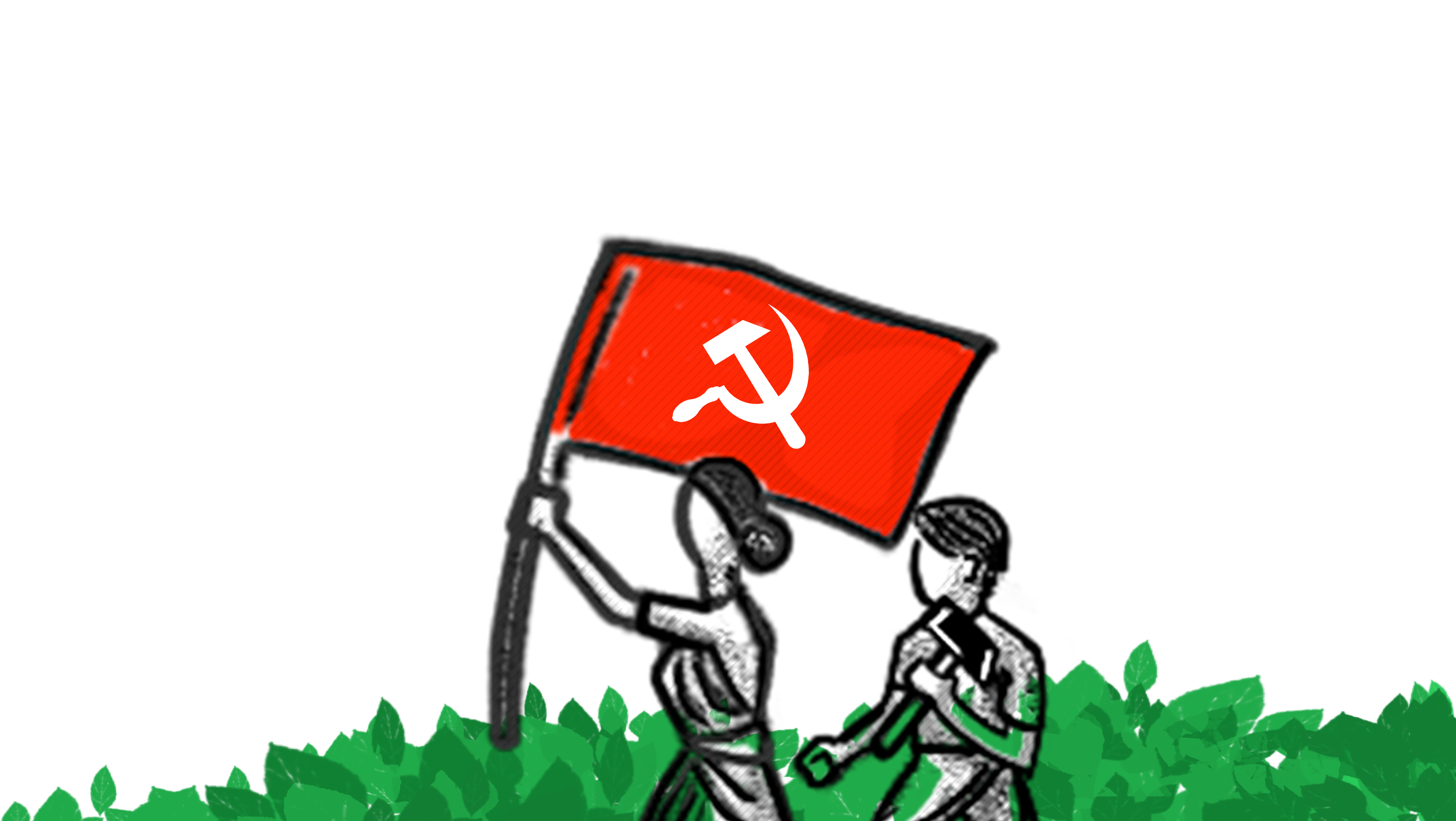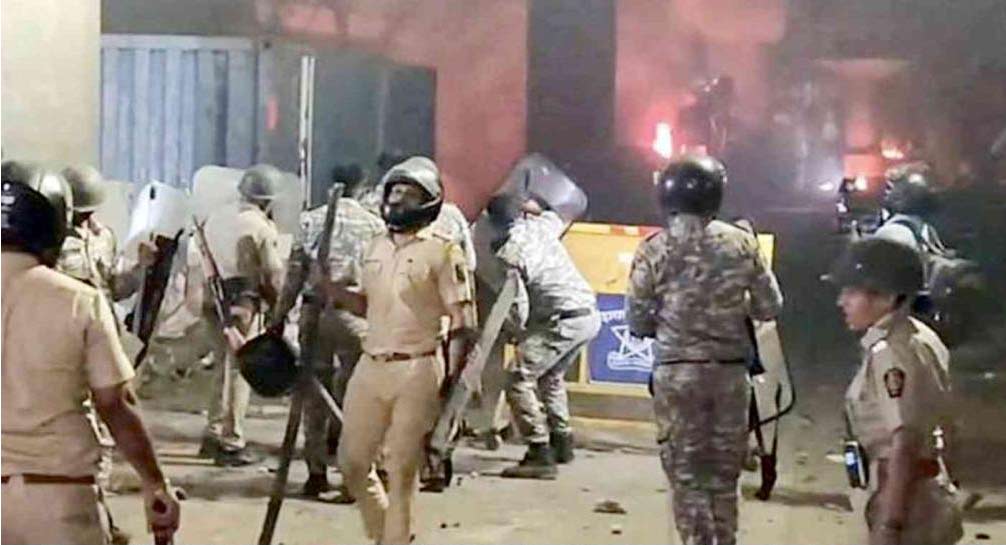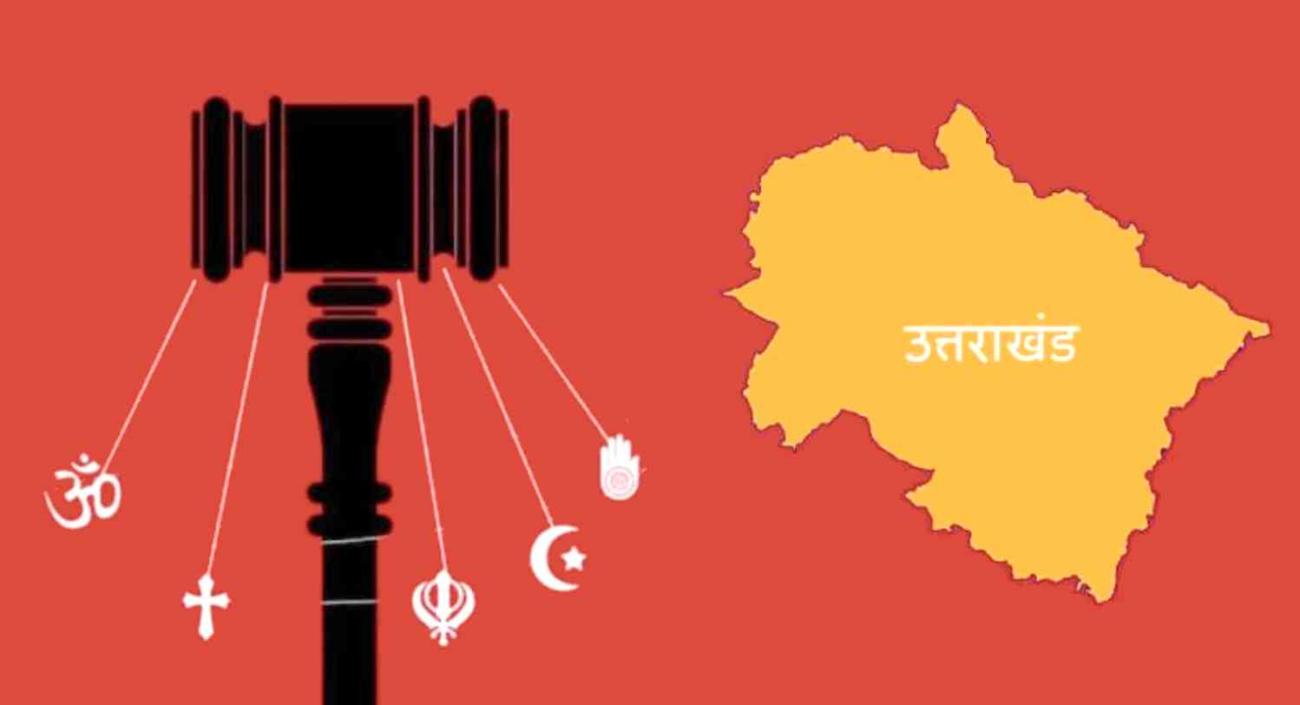But in the face of such heavy odds, we also saw some reassuring signs of human compassion and communal harmony. It was Souviks neighbour Amirul Islam (Amirul Chacha as Souvik and his friends would fondly call him) who saved him from the fury of the mob. Another Muslim neighbour Maqsud called the fire brigade. The ensuing clashes between TMC and BJP supporters injured several people and one of the injured, chicken seller Kartik Ghosh eventually died in North Kolkatas RG Kar Medical College and Hospital, but we must remember how Ghoshs son Prabhashish had managed to save the life of his fathers injured friend Fazlul Islam. Defying the violence and chaos, Prabhashish had managed to bring both his father Kartik Ghosh and his friend Fazlul Islam to the hospital where Kartick unfortunately succumbed to his injuries. Peace marches and various other local initiatives are on to restore normalcy and rebuild mutual trust and harmony.
While West Bengal is thus trying to move on, the Sangh brigade is hell bent on exploiting this opportunity to the hilt to widen the communal divide and expand its network in the state. In a concerted move, the BJP IT cell has begun to flood the social media with fake news and images, attributing all of them to Basirhat and West Bengal. A video clip from a Bhojpuri film was used as a case of a woman being molested in West Bengal, a photograph of a couple from Bangladesh was posted as Souviks parents (Souviks mother is reported to have died long back when he was a child), even a well-known photograph from the Gujarat genocide was sought to be passed off as a picture of the Basirhat riots. This desperate manipulation of the social media is only a part of the overall BJP design to muddy the Bengal water and fish in it. With an RSS pracharak as the Governor of West Bengal, the BJP is trying to mount an all-out campaign for bringing West Bengal under Presidents Rule.
The BJP is also drawing strength from Mamata Banerjees authoritarian and arbitrary style of governance. With her whimsical moves like announcement of allowances for Muslim clerics, Mamata has lent ground for the BJPs pet bogey of Muslim appeasement. Her attempt to counter the BJPs Hindu card by playing the Bengali language and nationality card (making Bengali compulsory in every school in West Bengal) played a big role in triggering the current phase of the Gorkhaland agitation and now the attempt to suppress the agitation by unleashing a brutal police crackdown has not only thoroughly alienated the hill people but also vitiated the socio-political climate in the entire state. Ironically, even as the BJP accuses Mamata of appeasing Muslims, her government has used the same police crackdown strategy killing two Muslim youths Mafijul and Alamgir and booking many activists under the draconian UAPA to deal with the Bhangor agitation involving predominantly Muslim peasants. The more democracy is undermined by the authoritarian rule of Mamata Banerjee coupled with TMC hooliganism on the common people and the opposition, the more conducive the conditions become for the BJPs communal agenda.
West Bengal has never experienced such heightened communal polarisation in the past. The glorious history of class-based social and political mobilisation in the state overpowered the communal venom at every major juncture, whether we recall the anti-Sikh pogrom of 1984 or the communal frenzy whipped up by the BJP before and after the demolition of the Babri masjid. But the abandoning of the Left agenda by the Buddhadeb Bhattacharjee government marked by its abject surrender to the trajectory of corporate-dictated development coupled with its vulnerability to the Islamophobic discourse created ideological space for the BJP, and now every failure and betrayal of the Mamata Banerjee government is further facilitating its growth. The aggressive mobilisation during this years Ram Navami celebration in April was a clear pointer to the growing organisational muscle of the RSS in West Bengal. Without a political negation of this majoritarian Hindutva offensive, peace will remain fragile in West Bengal. A powerful revival of the Left movement upholding the vibrant social tradition and political history of communal harmony and class unity is clearly the need of the hour.





